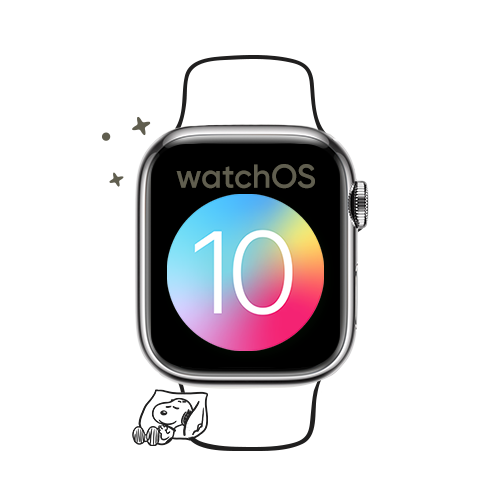Of late, we’ve been talking a lot about the launch of flagship Apple Stores in India. For Apple, they are the building blocks on which it hopes to build an empire.
However, these Stores are only the starting point. To actually control the empire, the company will have to redefine the rules of the game. And that’s why Apple wants to fundamentally change the way iPhones are sold in India.
Ingram and Reddington are currently the leading importers of iPhone in India. A vast majority of the sales go through them. Their current sales model is similar to that of most other electronic goods: The prices at launch are only temporary because we see a drop of at least 15-20% in them within 4-6 months.
However, that’s not how Apple sells its phones elsewhere in the world. Apple follows what’s called a First-Customer Price Protection model.
Not to get all nerdy on you, but here’s how the model works: Their prices do no fall with time, remaining constant during the product’s lifecycle. The price drop comes only after a newer version of the product has been launched. This ensures that those who buy the phone when it’s launched do not lose out to those who wait for a few months to buy it.
Apple wants to change the existing model because it discourages people from buying the phone at the launch, which drives their sales down. A visible example of this problem was the recent launch of the iPhone SE.
iPhone SE was launched at a price of ₹ 39,000. At that time, iPhone 6s was available in the market for ₹40,000. Just by paying a thousand bucks extra, you could buy a larger phone.
The two phones had similar specs except for the screen size. However, for the Indian audience, a bigger screen turned out to be a bigger incentive, something that Apple hadn’t expected. The result? The iPhone SE was a dud.
Within a month, we saw the prices for iPhone 6 and 6s rise by as much as 29%. And although Apple didn’t have anything to do with the price rise, the damage was already done. No one was buying either the 6s or the SE!
With the establishment of Apple Stores, Apple wants to correct this problem. It wants to streamline the sales process, taking direct control of it and bringing it on par with its worldwide process.
What does this mean for us as customers? Just that the launch price of the iPhone will be the price that will float in the market for a long time. There won’t be any price drops for us to look forward to, unless the sellers (especially online sellers) subsidize the product from their own pockets and offer us a discount. That might be difficult, too, considering the recent changes in the Indian e-commerce policies, which are going to greatly affect the kind of discounts these companies can offer.
And while we rue the fact that iPhones may not get any cheaper over time, we also understand the long-term economic goals for which Apple is bringing about all these changes.
That said, it’s important for Apple to remember that the reason people in India wait it out to buy the new iPhone is because of the prohibitive prices during launch. Unless they revisit their pricing policy for the country, this First-Customer Price Protection model might just blow up in their faces and they might lose out on the segment of the audience that loves the iPhone but does not have the deep pockets to afford them.
So, our suggestion is this – Step carefully, Apple. Step really carefully.




